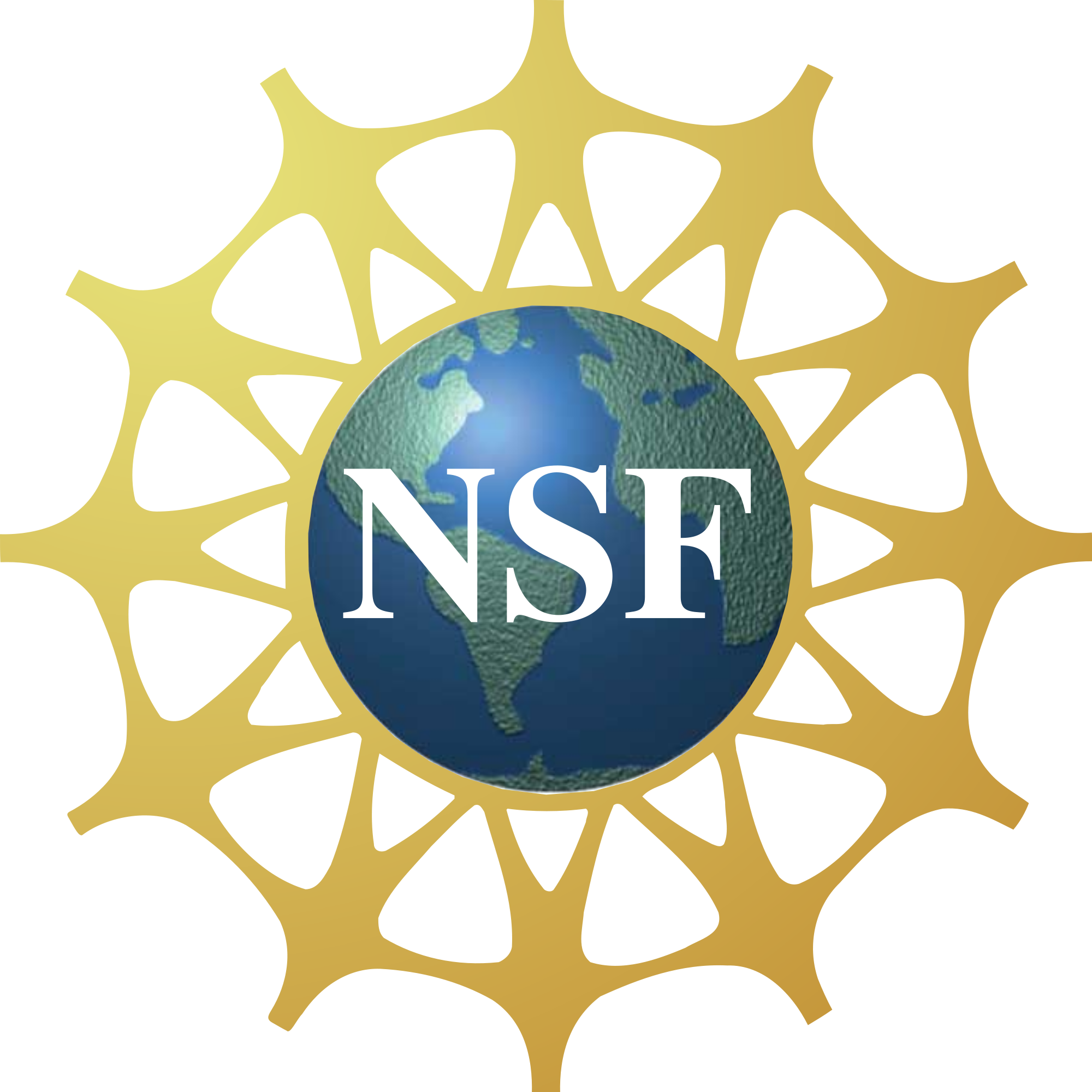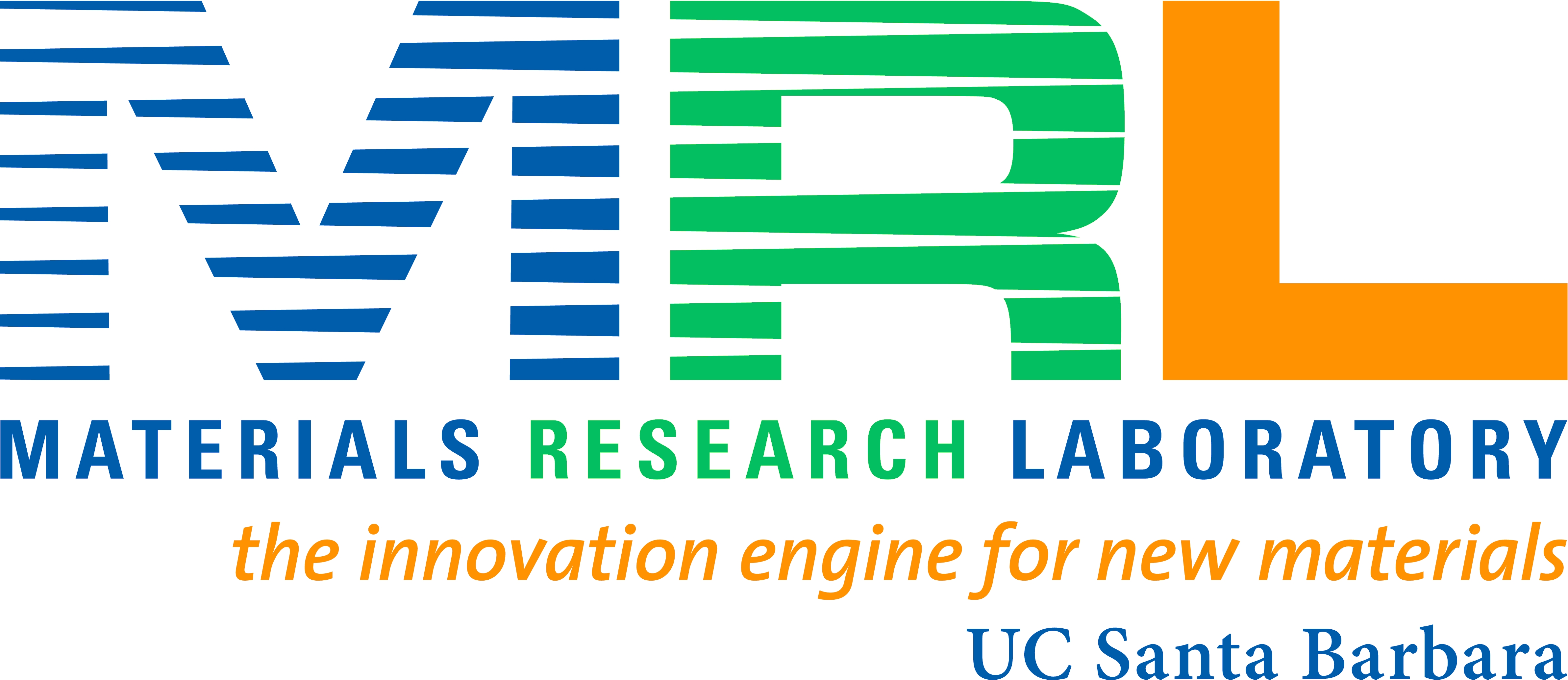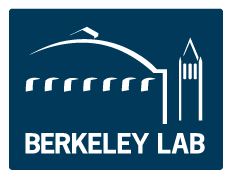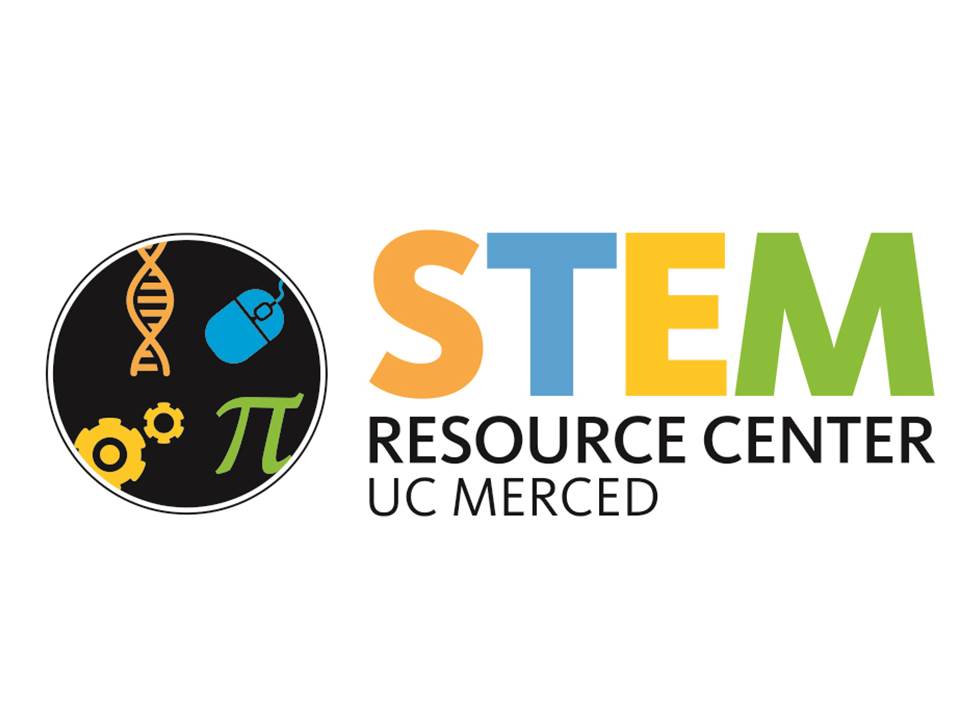
- Ph.D., 2003 - University of Chicago
- B.A., 1998 - University of Cambridge
Professor Ghosh's research interests span traditional topics in condensed matter physics such as correlated magnetic phases and coupled quantum systems, as well as emerging multi-disciplinary themes such as hybrid solar cells and plasmonics-based opto-electronic devices. Her group focuses on the physics of new materials and using ultra-fast time resolved spectroscopy, develops techniques and protocols to manipulate their properties for applications in energy storage and information processing devices.
The current research topics in her group include:
- Cooperative energy transfer dynamics in self-assembled nanostructured materials
- Directed assembly of metallic, magnetic and semiconducting nanostructures using liquid crystal based electro-optically active matrices
- Hybrid photovoltaic devices including solar cells and luminescent solar concentrators
- Exotic magnetic phases originating from geometric frustration in doped and undoped systems
In addition, Professor Ghosh is also the founding faculty and advisor of UC Merced Women in Science and Engineering (WiSE@UCM).
Dedicated laboratory space (1400 Sq. ft) is located in the Science and Engineering building at UC Merced, used for opticalNano-assembled hybrid materials for smart technology Major equipment currently available and operational in the PIs’ labs includes several laser sources (ultrafast tunable Ti:sapphire laser, a variable pulse rate CUBE laser (405 nm, 50 mW), and an NSF-MRI funded broadband laser system consisting of two Optical Parametric Oscillators (505 nm – 750 nm; 1000 – 1600 nm; extendable to 260 – 350 nm by SHG). Additional Detector and Acquisition equipment include two 300 mm spectrometers with TE cooled deep depletion back-illuminated PIXIS 400BR CCD (resolution: 0.1 nm), one 750 mm spectrometer with one TE cooled deep depletion back- illuminated PIXIS 100BR CCD for detection between 290-1000 nm (resolution: 0.01 nm), one liquid nitrogen cooled InGaAs detector CCD for operation between 800-1600 nm, one150 mm spectrometer with a Photomultipler tube at the single exit port, again with multiple gratings, and a time-correlated single photon counting (TCSPC) set-up purchased from PicoQuant, used for time-resolved photoluminescence measurements. Resolution of 28 ps.
















